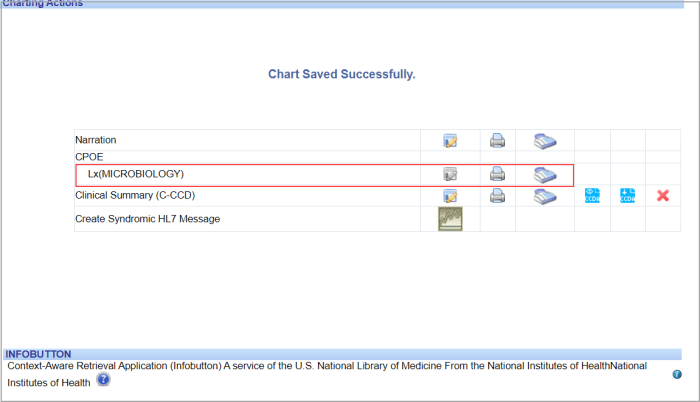In the realm of medical diagnostics, diagnostic radiology lab answer sheets hold a pivotal role in providing crucial information that guides patient care and treatment decisions. These documents serve as a comprehensive record of imaging exam results, offering insights into a patient’s anatomical structures and physiological functions.
Understanding the structure, interpretation, and clinical applications of diagnostic radiology lab answer sheets is paramount for healthcare professionals seeking to deliver optimal patient care.
This guide delves into the intricate details of diagnostic radiology lab answer sheets, empowering readers with the knowledge to effectively interpret and utilize this valuable resource. We will explore the typical structure and components of these answer sheets, examining the data interpretation process and its implications for clinical practice.
Additionally, we will discuss the importance of quality assurance measures and the role of technology and automation in enhancing the accuracy and efficiency of diagnostic radiology lab answer sheets.
1. Diagnostic Radiology Lab Answer Sheet Structure

Diagnostic radiology lab answer sheets typically follow a structured format that includes the following components:
Patient demographics
Name, age, sex, date of birth, medical record number
Exam details
Type of exam performed, date and time of exam, referring physician
Results
Findings of the exam, including any abnormalities or variations from normal
Impression
A brief summary of the results and any conclusions drawn by the radiologist
2. Data Interpretation
Interpreting data from a diagnostic radiology lab answer sheet involves analyzing the results and identifying any trends or abnormalities. Radiologists use their expertise and knowledge of anatomy and pathology to draw conclusions based on the findings. They may also consider the patient’s medical history and other relevant information to provide a comprehensive interpretation.
3. Quality Assurance
Quality assurance is essential in diagnostic radiology lab answer sheets to ensure the accuracy and reliability of results. This includes implementing measures such as:
- Regular calibration and maintenance of equipment
- Use of standardized protocols and procedures
- Training and certification of radiologists and technicians
- Peer review of results
4. Clinical Applications, Diagnostic radiology lab answer sheet
Diagnostic radiology lab answer sheets are widely used in clinical practice to guide patient care and treatment decisions. For example:
- Chest X-rays are used to diagnose pneumonia, lung cancer, and other respiratory conditions.
- CT scans are used to visualize internal organs and tissues, detect tumors, and plan surgical procedures.
- MRI scans are used to evaluate brain function, diagnose neurological disorders, and guide radiation therapy.
5. Reporting and Communication
Results from diagnostic radiology lab answer sheets are typically reported to referring physicians, who then communicate the findings to patients. Reporting methods may include:
- Written reports
- Verbal communication
- Electronic medical records
6. Technology and Automation
Technology and automation have significantly improved the efficiency and accuracy of diagnostic radiology lab answer sheets. Advancements include:
- Digital imaging systems that provide clearer and more detailed images
- Computer-aided detection (CAD) systems that assist radiologists in identifying abnormalities
- Automated reporting systems that streamline the reporting process
7. Future Trends
Emerging trends in diagnostic radiology lab answer sheets include:
- Artificial intelligence (AI) algorithms that enhance image analysis and provide more accurate interpretations
- Personalized medicine approaches that tailor diagnostic tests and treatments to individual patients
- Cloud-based storage and sharing of medical images and data
FAQ Summary
What is the typical structure of a diagnostic radiology lab answer sheet?
Diagnostic radiology lab answer sheets typically include patient demographics, exam details (e.g., type of imaging study, date, time), and results, which may consist of images, measurements, and descriptive findings.
How is data from a diagnostic radiology lab answer sheet interpreted?
Data interpretation involves analyzing the images and findings, identifying trends, and drawing conclusions based on the patient’s medical history and clinical presentation.
What is the importance of quality assurance in diagnostic radiology lab answer sheets?
Quality assurance measures ensure the accuracy and reliability of results by implementing protocols for equipment calibration, image quality assessment, and peer review.
How are diagnostic radiology lab answer sheets used in clinical practice?
Results from diagnostic radiology lab answer sheets are used to diagnose diseases, monitor treatment progress, and guide patient management decisions.
What is the role of technology and automation in diagnostic radiology lab answer sheets?
Technology and automation have improved the efficiency and accuracy of diagnostic radiology lab answer sheets by facilitating image processing, analysis, and reporting.
